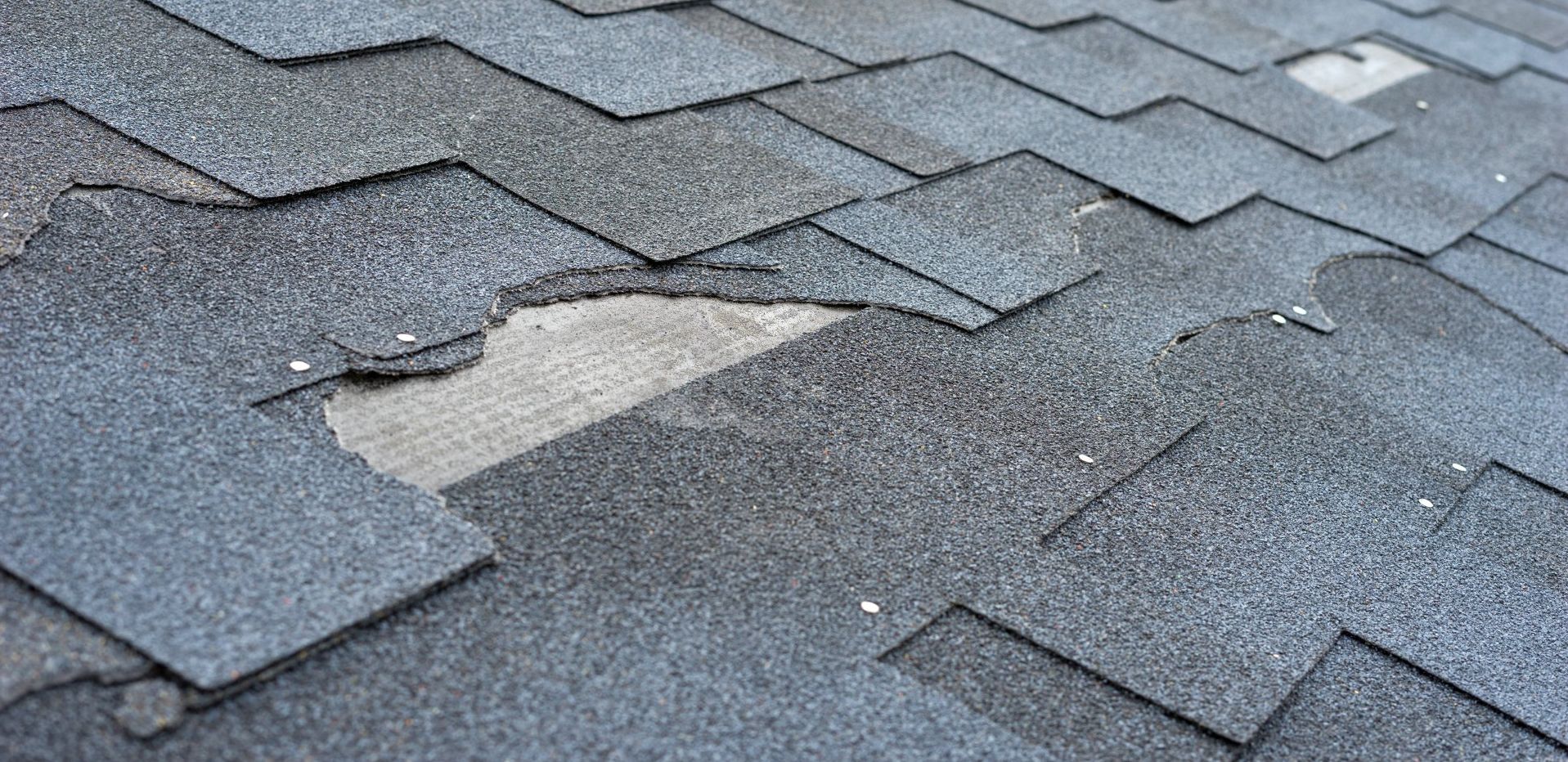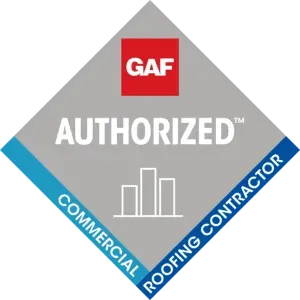Common Roofing Problems in Texas: What Happens & What You Can Do
At Birdcreek Roofing, we aim to equip Texas homeowners with valuable insights on one of their most essential investments: the roof over their heads. Living in Texas has its fair share of weather challenges. As a Texas-based roofing company for the last decade, we understand the unique issues roofs face in this region. From relentless hailstorms to powerful winds and occasional winter storms, our homes must be well-prepared to weather these storms. In this blog, we'll explore some of the most common roofing problems experienced in Texas and, more importantly, empower you with practical solutions to tackle these issues head-on.
Hail Damage
- What happens: Hailstorms in Texas can be highly destructive to roofs, particularly those made of shingles. When large hailstones collide with the roof's surface, they can cause bruising, cracks, and fractures in the shingles. These damaged shingles compromise the roof's ability to repel water, leading to potential leaks and further issues if not addressed. Hail can also dent metal roofing and damage roof vents, gutters, and flashing.
- What to look for: As soon as a hailstorm passes, taking prompt action is crucial to minimize potential water infiltration and further damage to your roof. Check for leaks or water spots inside your home, especially in the attic or ceiling. If you notice any signs of water intrusion, place buckets or containers to catch the water and prevent further interior damage.
- Gather evidence: Document the hailstorm by taking photographs of the hailstones, their size, and the damage caused to your roof. These photos can be valuable evidence for insurance claims and roofing assessments.
Wind Damage
- What happens: Texas is no stranger to strong winds, especially during severe storms and hurricane season. High winds can lift and curl the edges of shingles, causing them to lose their protective seal and exposing your roof to potential water leaks. Strong winds can loosen or displace roofing materials, such as tiles or metal sheets, leading to a compromised roof structure.
- What to look for: After a windstorm, visually inspect your roof from the ground using binoculars if necessary. Look for missing, cracked, or curled shingles and any signs of lifted or displaced roofing materials. Additionally, you should check for loose or damaged flashing around chimneys, vents, and roof edges. If you notice any of these signs, preventing further damage and potential water infiltration is crucial.
- What to do: If you identify minor wind damage on your roof, you can take temporary measures to mitigate further issues. Use roofing cement or sealant to reseal curled or lifted shingles. For missing or damaged shingles, you can use roofing tar or a temporary patch to cover the exposed area until one of our professional roofers can make permanent repairs.
Roof Leaks
- What happens: Roof leaks in Texas can be caused by various factors, such as heavy rain, hail damage, clogged gutters, or improperly sealed roof penetrations (e.g., vents, and chimneys). In regions with frequent rain and storms, having a well-maintained and properly functioning roof is essential to keep your home dry and protected.
- What to look for: Locating the source of a roof leak can be challenging since water can travel along the roof's surface or within the roofing structure before finding its way into your home. You can look for water stains on the ceilings, walls, or attic inside your house yourself, but it is best to contact Birdcreek Roofing to perform a comprehensive leak detection process using specialized tools and expertise.
- What to do: If you discover a leak, the most important initial step is to control the water intrusion. Place buckets or containers to catch the dripping water and minimize interior damage. You can also use tarps or plastic sheeting on the roof to provide temporary protection from further rainfall. However, remember that these are only temporary measures, and a Birdcreek Roofing consultant should be contacted to perform a thorough inspection and make the necessary repairs.
Shingle Damage and Missing Shingles
- High winds, exposure to extreme temperatures and UV rays, and poor installation or low-quality materials may all contribute to premature shingle damage.
- Regularly inspecting your shingles can help identify potential problems early on. Look for signs of cracks, tears, or warping in the shingles. Also, check for granule loss, as excessive granule loss can lead to premature aging of the shingles.
- If you notice damaged shingles, contact one of our roofing contractors immediately to schedule an inspection and repair.
Remember, while these temporary solutions can help prevent further damage until professional help arrives, it's crucial to
contact your Birdcreek Roofing consultant to assess the extent of the damage and provide lasting repairs to ensure the longevity and integrity of your Texas roof.
Protect Your Roof Today with Birdcreek Roofing!
We hope this blog has provided valuable insights and actionable tips to ensure the health and resilience of your home's first line of defense. Remember, a well-maintained roof enhances your property's value and offers you peace of mind during unpredictable weather conditions.
Should you ever need professional assistance or guidance, our team of Birdcreek Roofing consultants is here to serve as your trusted partner, providing expert solutions for all your roofing needs.
Contact us now to ensure your roof remains a sturdy shield, protecting your family and your investment for years. Let Birdcreek Roofing be your trusted partner in protecting your Texas home.
Talk With a Roofing Consultant
Fill out the form below and one of our roofing consultants will be in touch with you within 24 hours.
Blog Page
Main Office
2608 N. Main St, Ste B-313
Belton, TX 76513








